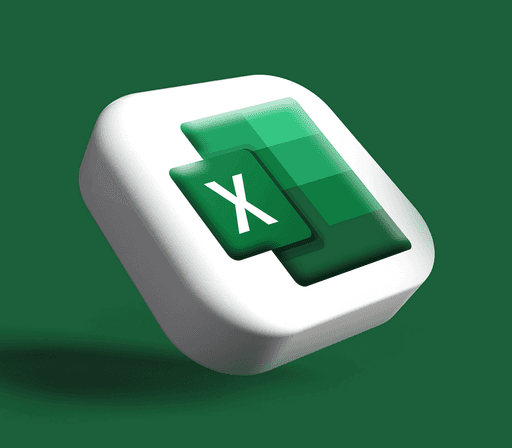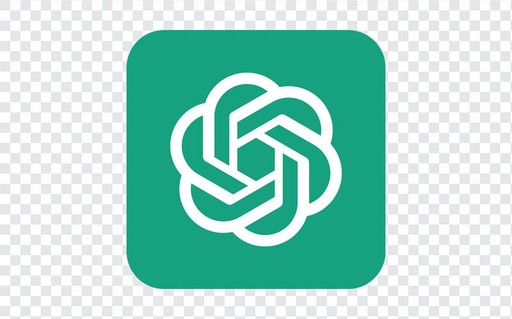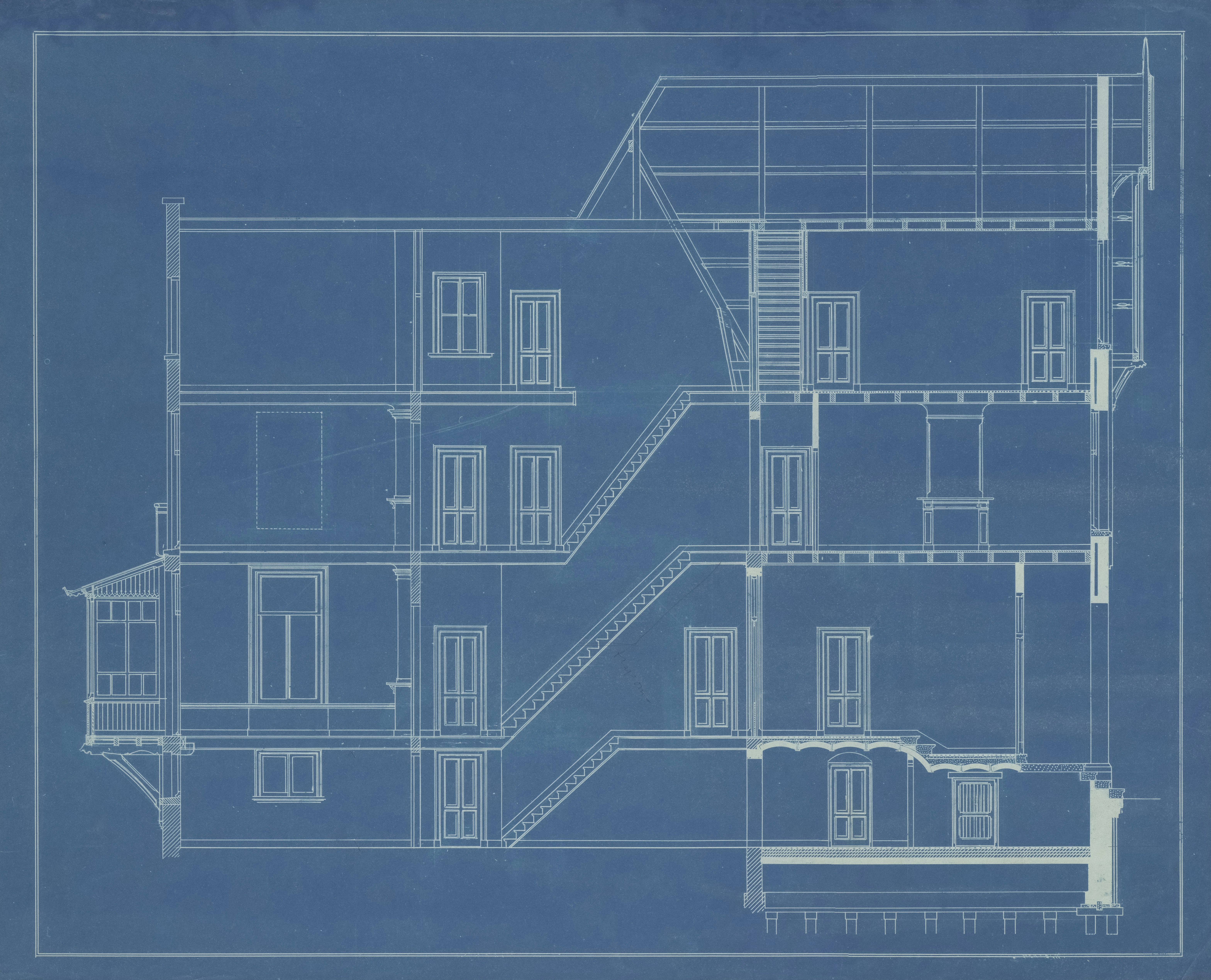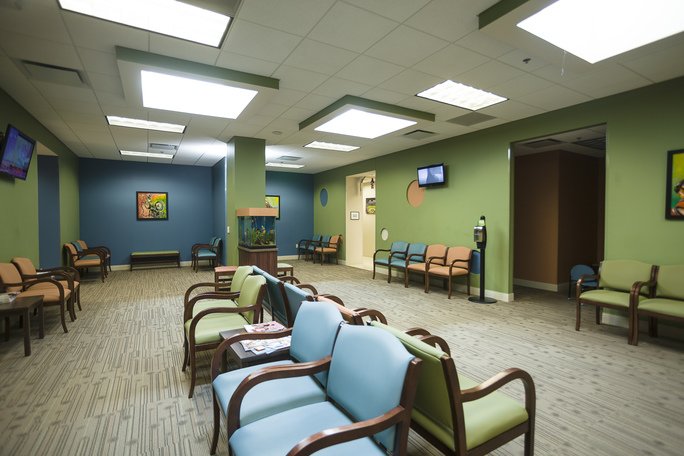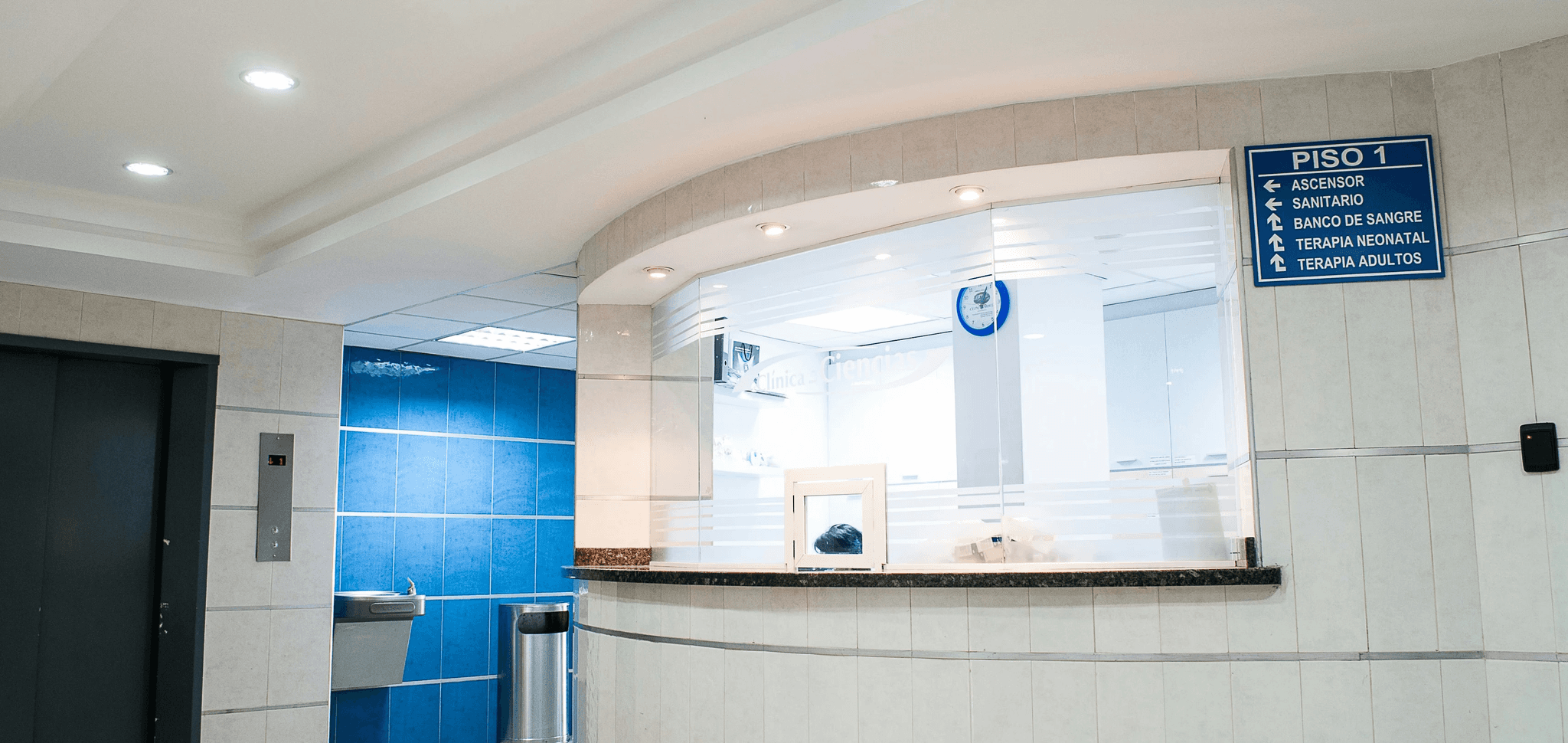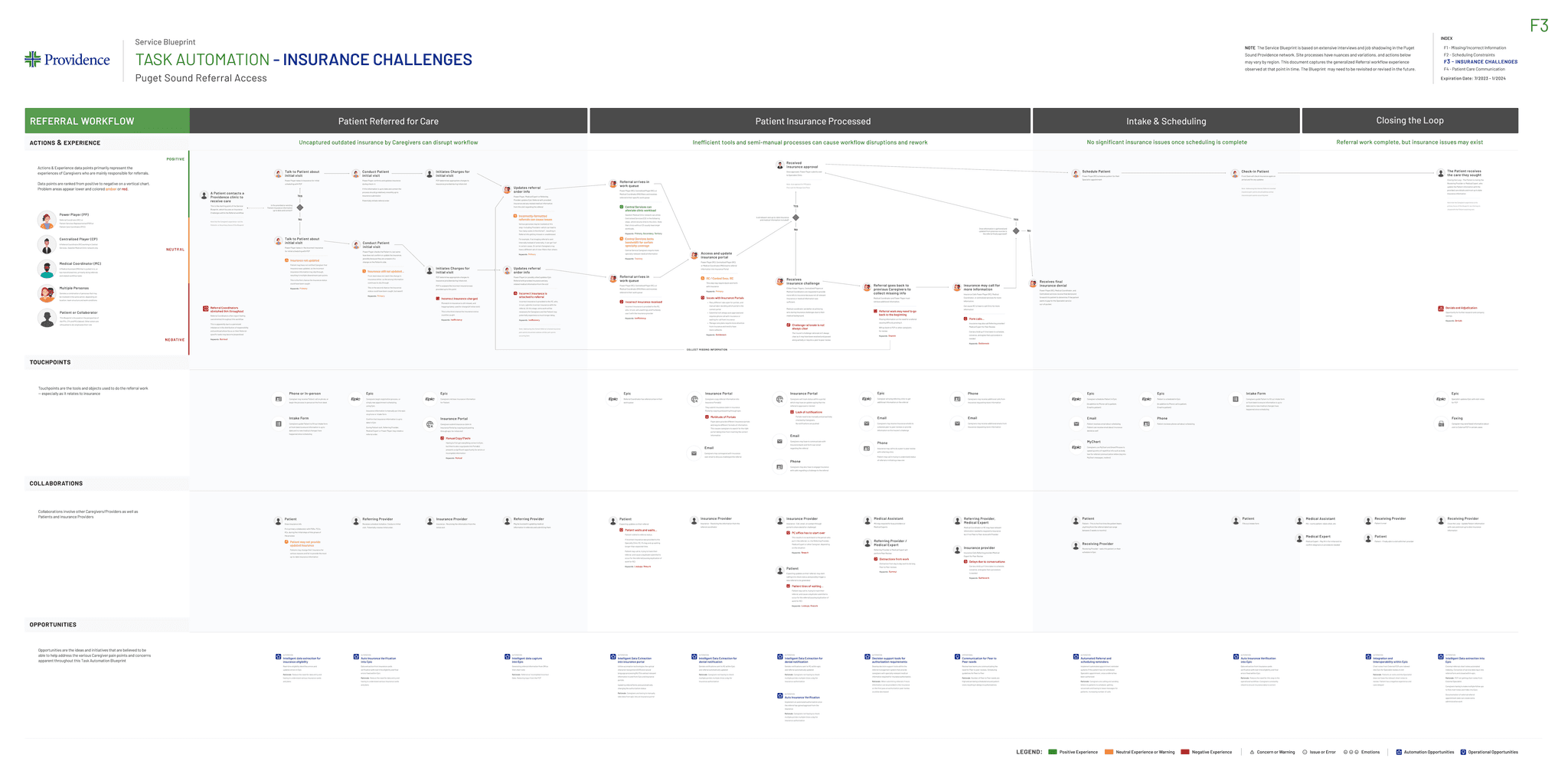Case Study
This case study delves into two interconnected projects with Providence, centered on enhancing design systems and employing AI and automation. The primary focus was to support the company’s expanding internal design function, which was already established but seeking further growth. Brought in as a contract specialist, I collaborated with the design lead and the owner of the design system to revise and extend their design language, ensuring it was not only clean but also templatized for various user personas and service blueprints.
The project’s scope extended beyond design; it also involved working with the lead researcher to devise a process that efficiently collected raw data, which was then transformed into journey maps through collaborative workshopping sessions. Generative AI played a critical role in persona creation, ensuring inclusivity and refining user journeys. These efforts were aligned with business objectives, leading to the creation of high-fidelity journey maps and service blueprints that automated pain points and key touchpoints.
Timeline
The initial phase involved primary research where the user researcher and HR stakeholders conducted observations and interviews across hospitals and doctor’s offices.
This phase focused on job shadowing healthcare professionals involved in referral workflows, from general practitioners to specialists, capturing valuable insights from both staff and patient perspectives.
Collaborating closely with the user researcher, I applied large language models (LLMs) to analyze the collected data. We used sentiment analysis and keyword exploration to refine and identify emerging themes, which informed the subsequent steps in the design and automation process.
This step centered around creating a dynamic design system for service blueprints and persona templates.
Generative AI was used to create persona images, while tools like ChatGPT were employed to refine copy for clarity and brevity. The design system was iterated through a comprehensive design process to ensure flexibility and usability across various scenarios.
A series of workshops were conducted with stakeholders and subject matter experts (SMEs) to validate the findings from the research.
These sessions ensured that interpretations of the data were accurate and that the final deliverables, including the journey maps, met the needs of primary stakeholders like HR while aligning with broader business objectives.
High-fidelity service blueprints and journey maps were created, highlighting automation opportunities at each step of the service delivery process.
These deliverables also incorporated empathy mapping for caregivers and staff, as well as identifying key pain points and touchpoints, ensuring the research was translated into actionable business strategies.
After rigorous iteration and real-world testing, the design system was officially published. The success of the system led to widespread adoption across other teams, who requested access to the templates and tools.
The design system became a popular framework within the organization, receiving stellar feedback and facilitating broader organizational projects.
Instantiation of a first-of-its-kind Design System for Client
With Business Stakeholders, the UX and UR members developed and delivered a comprehensive strategy for Referrals Automation
The success of these initiatives resulted in external teams requesting access to the files and methods, leading to subsequent phases of funding to explore further automation possibilities
Speeding up future projects with a custom portfolio of high-quality Persona images



